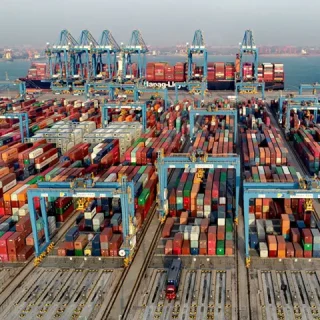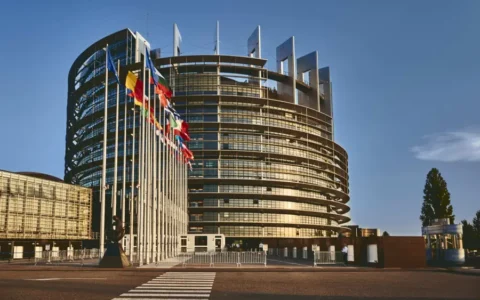Italy is preparing a major update to its flat-tax regime for high-net-worth individuals who transfer their tax residence to the country. The latest draft of the 2026 Budget Law proposes increasing the annual substitute tax on foreign-sourced income from €200,000 to €300,000, while also raising the dependent amount from €25,000 to €50,000. This would be the second increase in a short period, following the move from the original €100,000 level in 2017 to €200,000 in 2024. The change remains only a draft, has not been approved by parliament, and no final legislative text has been published, but the direction of travel is clear.
Who Is Affected and What Has Changed
The proposed €300,000 rate would apply only to new applicants who enter the regime after the reform takes effect. Earlier discussions considered tying eligibility to a mandatory investment in Italy such as participation in local companies, startups, or government bonds but that idea has now been dropped. The government appears to prefer a simpler model, opting to increase the tax rather than add a more complex investment-compliance framework.
Existing Residents Remain Unaffected
The proposed increase would not impact individuals who already benefit from Italy’s flat-tax regime. Those who entered under the original €100,000 structure and those who joined later at €200,000 will continue under their existing terms for the remainder of their eligibility period. Only future applicants would be subject to the new €300,000 annual rate and €50,000 per dependent. This grandfathering approach is consistent with Italy’s past practice of avoiding retroactive changes, helping maintain investor confidence and allowing current participants to rely on the long-term planning they originally committed to.
Why the Government Is Raising the Amount
According to reporting from the Financial Times and Reuters, the change is tied to Italy’s broader 2026–2028 fiscal strategy. The regime continues to attract affluent residents — particularly in major cities such as Milan and has generated notable revenue, with about €315 million collected between 2020 and 2023 and around 1,500 participants in 2023. By raising the flat tax, policymakers aim to secure additional revenue while keeping the regime competitive and maintaining its appeal to ultra-high-net-worth individuals.
What This Means Going Forward
If approved, Italy will maintain its flat-tax framework but reposition it as a more exclusive and higher-priced offering. For prospective applicants, the key considerations now are timing, cost, and stability of the rules, especially when comparing Italy with alternative jurisdictions including Portugal, Spain, Malta, and the UAE. For current participants, nothing changes. For future applicants, the cost of entry rises, but the structure remains long-term, predictable, and administratively straightforward.










